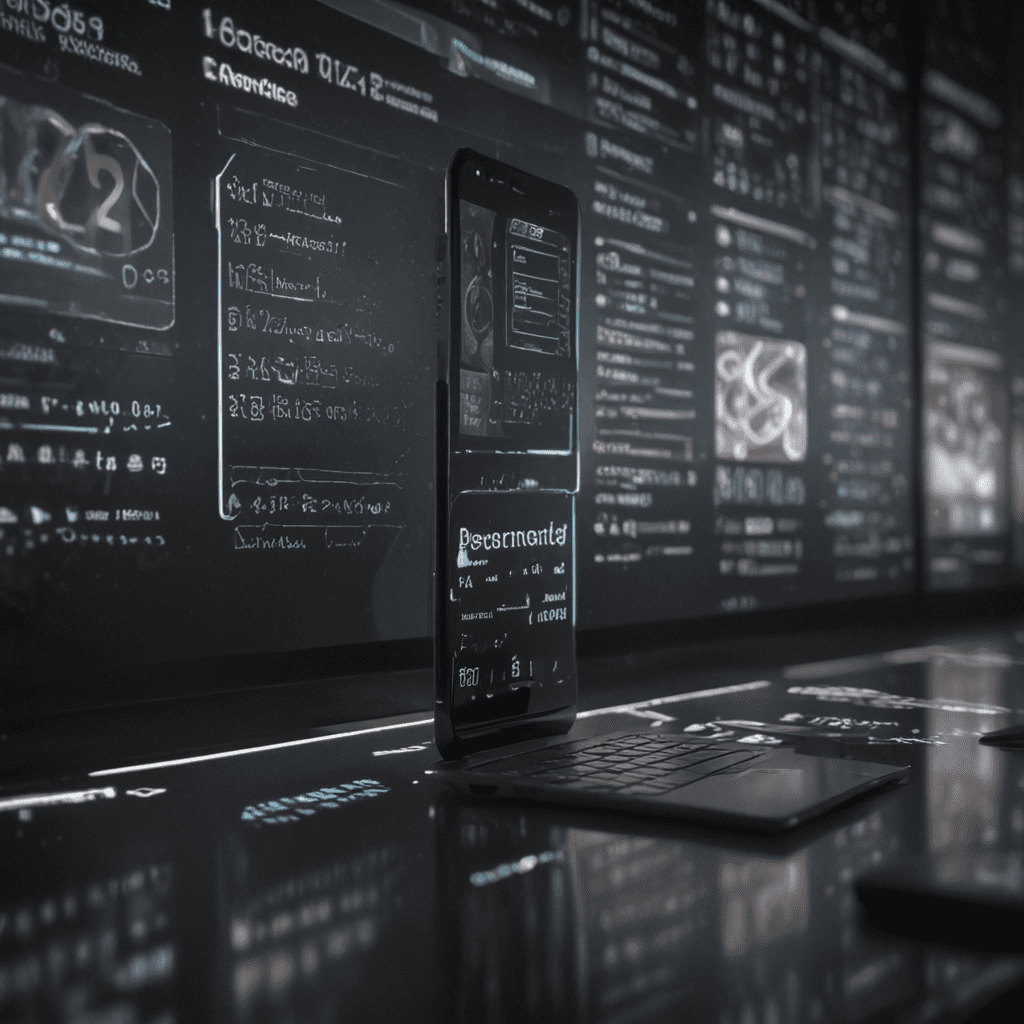
1. Introduction: The Importance of User-Centric Design
User-centric design is an approach to product development that places the user's needs and preferences at the forefront of the design process. The goal of user-centric design is to create products that are easy to use, efficient, and enjoyable. When users are happy with a product, they are more likely to use it regularly, recommend it to others, and ultimately increase the company's bottom line.
In today's competitive market, it is more important than ever to adopt a user-centric approach to design. Users have high expectations and will quickly abandon products that do not meet their needs. To stay ahead of the competition, companies need to focus on creating products that are truly valuable to users.
2. Understanding User Needs and Preferences
The first step in user-centric design is to understand the needs and preferences of your users. This can be done through a variety of research methods, such as surveys, interviews, and usability testing. It is important to get a clear understanding of the users' goals, motivations, and pain points. This information will help you to identify the key features and functions that need to be included in your product.
3. Research Methods for Gathering User Insights
There are a number of different research methods that can be used to gather user insights. Some of the most common methods include:
- Surveys: Surveys are a quick and easy way to gather data from a large number of users. They can be used to ask questions about users' demographics, preferences, and behaviors.
- Interviews: Interviews allow you to get in-depth feedback from a small number of users. This method is particularly useful for understanding users' motivations and pain points.
- Usability testing: Usability testing involves observing users as they use a product. This method can help you to identify any usability issues that need to be addressed.
4. Creating User Personas and User Journeys
Once you have gathered some user insights, you can create user personas. User personas are fictional representations of your target users. They help you to keep the users' needs in mind throughout the design process.
User journeys are similar to user personas, but they focus on the user's experience with a particular product or service. User journeys help you to understand the user's goals, motivations, and pain points at each step of the journey.
5. Iterative Design Process and User Testing
The design process should be iterative, with multiple rounds of user testing. This allows you to get feedback from users at each stage of the process and make changes accordingly. User testing can help you to identify any usability issues, ensure that the product meets the users' needs, and improve the overall user experience.
6. Integrating User Feedback into Development
User feedback is essential for improving the user experience. Once you have collected user feedback, you need to integrate it into the development process. This can be done by making changes to the product design, adding new features, or fixing bugs. It is important to prioritize user feedback and make changes that will have the most impact on the user experience.
7. The Benefits of User-Centric Design
There are many benefits to using a user-centric approach to design. Some of the benefits include:
- Improved user experience: User-centric design leads to products that are easy to use, efficient, and enjoyable. This results in a better user experience, which can lead to increased satisfaction, loyalty, and brand advocacy.
- Increased user engagement: When users feel like their needs are being met, they are more likely to engage with a product. This can lead to increased usage, longer session times, and higher conversion rates.
- Reduced development costs: User-centric design can help to reduce development costs by identifying and addressing usability issues early in the design process. This can prevent costly rework and delays later in the development process.
- Improved ROI: Products that are designed with users in mind are more likely to be successful in the market. This can lead to increased sales, revenue, and ROI.
8. Challenges and Best Practices
There are some challenges to adopting a user-centric approach to design. Some of the challenges include:
- Getting buy-in from stakeholders: It can be difficult to get buy-in from stakeholders who are not familiar with user-centric design. It is important to educate stakeholders on the benefits of user-centric design and how it can help the company achieve its business goals.
- Lack of user research: Many companies do not have the resources or expertise to conduct user research. This can make it difficult to understand the needs and preferences of users. There are a number of affordable and easy-to-use user research tools available that can help companies overcome this challenge.
- Bias: It is important to be aware of your own biases when conducting user research and designing products. Biases can lead to products that do not meet the needs of users. There are a number of techniques that can be used to reduce bias in user research and design.
9. User-Centric Design in UX Strategy
User-centric design is an essential part of any UX strategy. A UX strategy is a plan for improving the user experience of a product or service. User-centric design should be used at every stage of the UX strategy process, from research and planning to design and development.
10. Conclusion: The Power of Putting Users First
Putting users first is essential for creating successful products. User-centric design is a powerful approach to design that can help you to create products that are easy to use, efficient, and enjoyable. By understanding the needs and preferences of your users, you can create products that they will love to use.
FAQ
What is user-centric design?
User-centric design is an approach to product development that places the user's needs and preferences at the forefront of the design process.
Why is user-centric design important?
User-centric design is important because it leads to products that are easy to use, efficient, and enjoyable. This results in a better user experience, which can lead to increased satisfaction, loyalty, and brand advocacy.
What are the benefits of user-centric design?
Some of the benefits of user-centric design include:
- Improved user experience
- Increased user engagement
- Reduced development costs
- Improved ROI
What are the challenges of user-centric design?
Some of the challenges of user-centric design include:
- Getting buy-in from stakeholders
- Lack of user research
- Bias
How can I implement user-centric design in my product development process?
There are a number of ways to implement user-centric design in your product development process, such as:
- Conducting user research
- Creating user personas
- Developing user journey maps
- Iterating on your design based on user feedback

